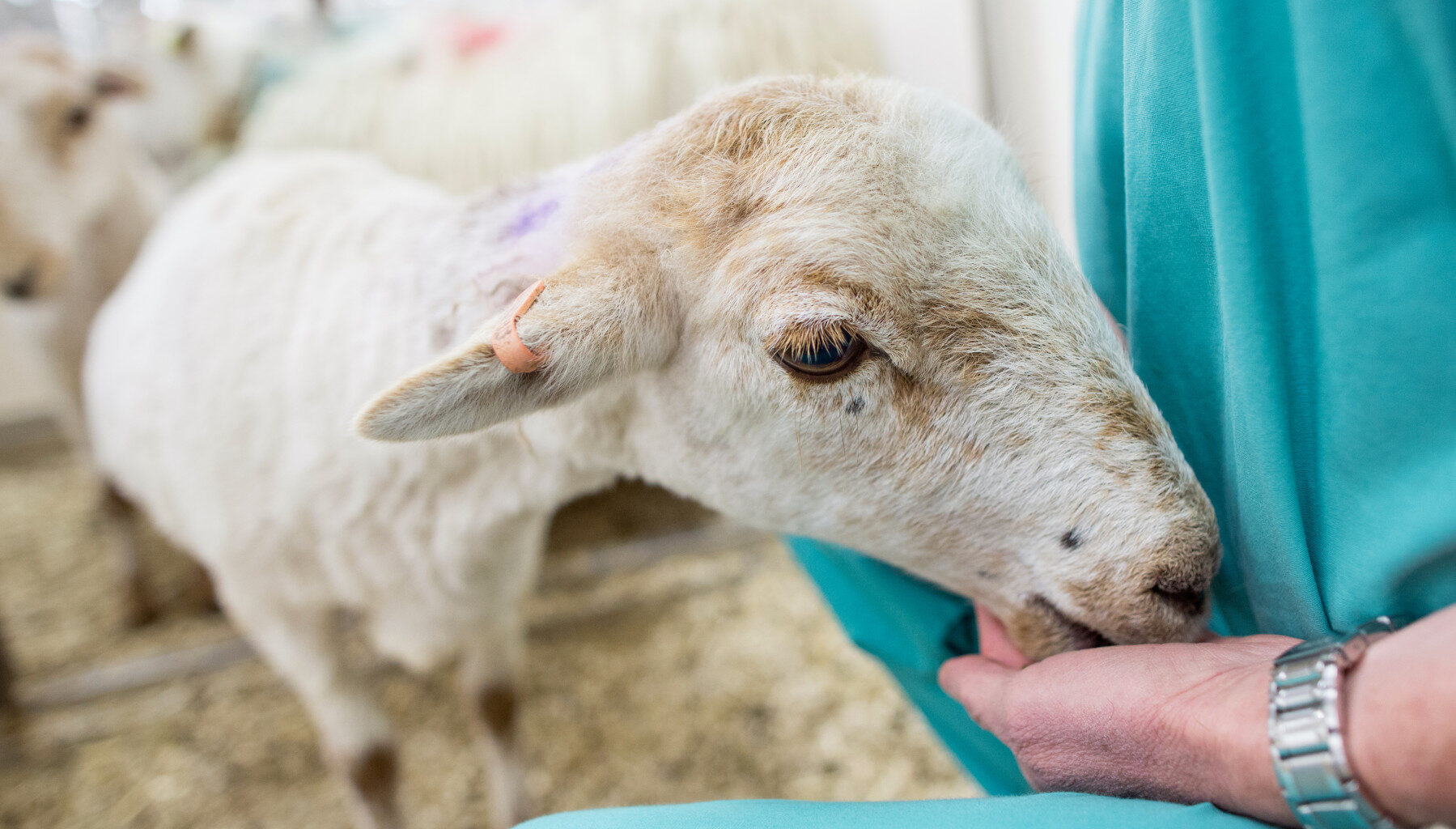Today, 23 October 2025, Understanding Animal Research (UAR) has published a list of the ten organisations that carried out the highest number of animal procedures – those used in medical, veterinary, and scientific research – in Great Britain in 2024. These statistics are freely available on the organisations’ websites as part of their ongoing commitment to transparency and openness around the use of animals in research.
This list coincides with the publication of the Home Office’s report on the statistics of scientific procedures on living animals in Great Britain in 2024.
The ten listed organisations were responsible for 1,379,399 procedures, 54% (more than half) of the 2,637,578 procedures carried out on animals for scientific research in Great Britain in 2024*. Of these 1,379,399 procedures, more than 99% were carried out on mice, fish, rats, and birds and 82% were classified as causing pain equivalent to, or less than, an injection.
The ten organisations are listed below alongside the total number of procedures they carried out in 2024. Each organisation’s name links to its animal research webpage, which includes more detailed statistics. Case studies explaining how animal research has been used in recent medical research are also provided in the Notes to Editors section. This is the tenth consecutive year that organisations have come together to publicise their collective statistics and examples of their research.
OrganisationNumber of Procedures (2024)The Francis Crick Institute
200,055
199,730
190,448
175,687
140,602
136,862
106,300
99,509
81,252
48,954
TOTAL
1,379,399
Seventy-two organisations have proactively published their 2024 animal research statistics
UAR has also produced a list (see appendix) of 72 organisations in the UK that have publicly shared their 2024 animal research statistics. This includes organisations that carry out or fund animal research.
All organisations are committed to the ethical framework called the ‘3Rs’ of replacement, reduction and refinement. This means avoiding or replacing the use of animals where possible, minimising the number of animals used per experiment and optimising the experience of the animals to improve animal welfare. However, as institutions expand and conduct more research, the total number of animals used can rise even if fewer animals are used per study.
All organisations listed are signatories to the Concordat on Openness on Animal Research in the UK, which commits them to being more open about the use of animals in scientific, medical and veterinary research in the UK. More than 130 organisations have signed the Concordat, including UK universities, medical research charities, research funders, learned societies and commercial research organisations.
Wendy Jarrett, Chief Executive of Understanding Animal Research, which developed the Concordat on Openness, said: “Animal research remains a small but vital part of the quest for new medicines, vaccines and treatments for humans and animals. Alternative methods are increasingly being phased in, but, until we have sufficient reliable alternatives available, it is important that organisations that use animals in research maintain the public’s trust in them. By providing this level of information about the numbers of animals used, and the experience of those animals, as well as details of the medical breakthroughs that derive from this research, these Concordat signatories are helping the public to make up their own minds about how they feel about the use of animals in scientific research in Great Britain.”
‘;

